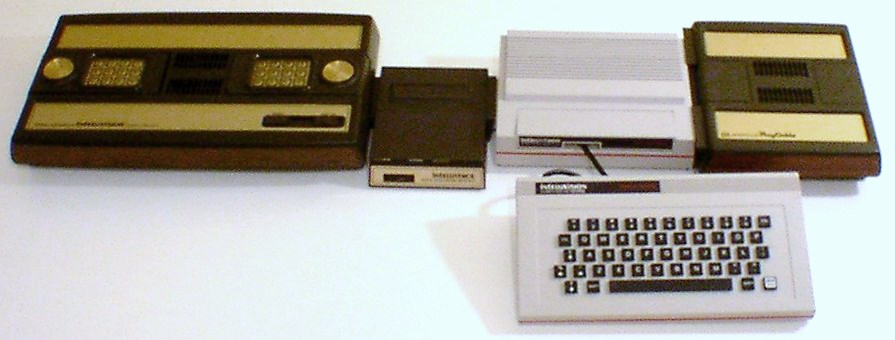

To keep these programmers from being hired away by rival Atari, their identity and work location was kept a closely guarded secret. Levine and Minkoff, a long-time Mattel Toys veteran, both came over from the hand-held Mattel games engineering team. The original five members of that Intellivision team were manager Gabriel Baum, Don Daglow, Rick Levine, Mike Minkoff and John Sohl.
Intellivision super pro system software#
Realizing that potential profits are much greater with first party software, Mattel formed its own in-house software development group. The company recognized that what had been seen as a secondary product line might be a big business. At this time, all Intellivision games were developed by an outside firm, APh Technological Consulting.

In its first year, Mattel sold 175,000 Intellivision consoles, and the library grew to 35 games. The Sears model was a specific coup for Mattel, as Sears was already selling a rebadged Atari 2600 unit, and in doing so made a big contribution to Atari's success. These models include the Radio Shack TandyVision, the GTE-Sylvania Intellivision, and the Sears Super Video Arcade. Like Atari, Mattel marketed their console to a number of retailers as a rebadged unit. There was also an advertisement comparing the Atari 2600 to it, featuring the slogan "I didn't know". The other console's games had a blip sound and cruder graphics, while the Intellivision featured a realistic swing sound and striking of the ball, and graphics that suggested a more 3D look. One of the slogans of the television advertisements stated that Intellivision was "the closest thing to the real thing" one example in an advertisement compared golf games.
Intellivision super pro system series#
A series of advertisements featuring George Plimpton was produced that demonstrated the superiority of the Intellivision's graphics and sound to those of the Atari 2600 using side-by-side game comparisons. Though not the first system to challenge Atari, it was the first to pose a serious threat to Atari's dominance. The console was test marketed in Fresno, California, in 1979 with a total of four games available, and was released nationwide in 1980 with a price tag of US$299 and a pack-in game: Las Vegas Poker & Blackjack. The Intellivision was developed by Mattel Electronics, a subsidiary of Mattel formed expressly for the development of electronic games.


 0 kommentar(er)
0 kommentar(er)
